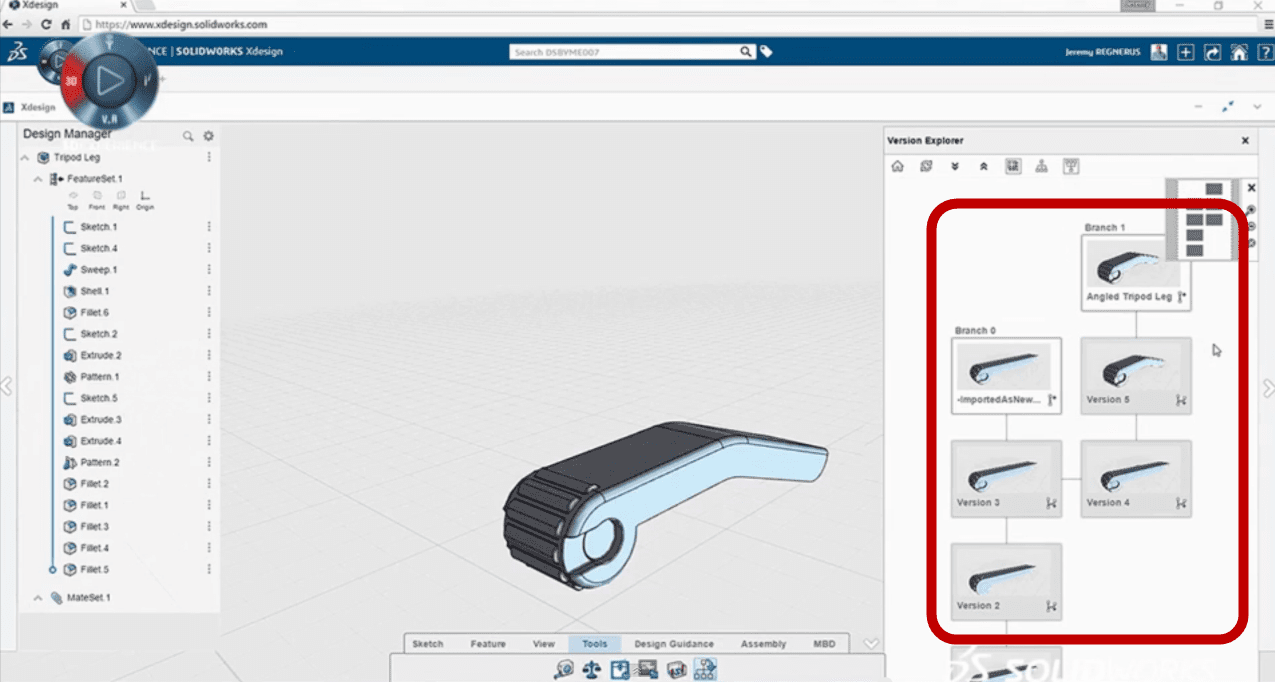

They are preferable to URLs, being more stable. **DOIs should be included only if you really did consult the article online. “Does Meat Come from Animals? A Multispecies Approach to Classification and Belonging in Highland Guatemala.” American Ethnologist 42 (2): 309–23. “Apostolic Networks in the Third Wave of the Spirit: John Wimber and the Vineyard.” Pneuma 38 (1-2): 23–32. “Ontological Anthropology and the Deferral of Critique.” American Ethnologist 41 (3): 440–56.īialecki, Jon. Do not translate any other element of the reference besides the title.īessire, Lucas, and David Bond. Note that the original title should be transliterated, if necessary. Zemskoe liberal’noe dvizhenie: Sotsial’nye korni i evoliutsiia do nachala XX veka. Distributed by University of Chicago Press. 3 of The Essential Works of Foucault, 1954–1984, edited by Paul Rabinow. “Lives of Infamous Men.” In Power, edited by James Faubion and translated by Robert Hurley, 157–77. “The Empire’s Old Clothes: Fashioning the Colonial Subject.” In Cross-Cultural Consumption: Global Markets, Local Realities, edited by David Howes, 19–38. Tuscaloosa: University of Alabama Press.Ĭomaroff, Jean. “Creationist History-Making: Producing a Heterodox Past.” In Lost City, Found Pyramid: Understanding Alternative Archaeologies and Pseudoscientific Practices, edited by J. New York: Columbia University Press.īielo, James S. After Pluralism: Reimagining Religious Engagement. Stanford, CA: Stanford University Press.īender, Courtney, and Pamela E. Formations of the Secular: Christianity, Islam, Modernity. The following examples, which illustrate a number of citation scenarios, may serve as a guide for formatting your entries.Īsad, Talal.
#Xdesign style and formatting guide manual#
Our readers have come to expect excellence from our products, and they can count on us to maintain a commitment to producing rigorous and innovative information products in whatever forms the future of publishing may bring.As of September 2015, AAA style (for all publications) follows the Chicago Manual of Style, 17th edition, particularly in regard to reference citations, which are summarized below. Through our commitment to new products-whether digital journals or entirely new forms of communication-we have continued to look for the most efficient and effective means to serve our readership. Since the late 1960s, we have experimented with generation after generation of electronic publishing tools. The Press's enthusiasm for innovation is reflected in our continuing exploration of this frontier. We were among the first university presses to offer titles electronically and we continue to adopt technologies that allow us to better support the scholarly mission and disseminate our content widely.

Among the largest university presses in the world, The MIT Press publishes over 200 new books each year along with 30 journals in the arts and humanities, economics, international affairs, history, political science, science and technology along with other disciplines.


 0 kommentar(er)
0 kommentar(er)
